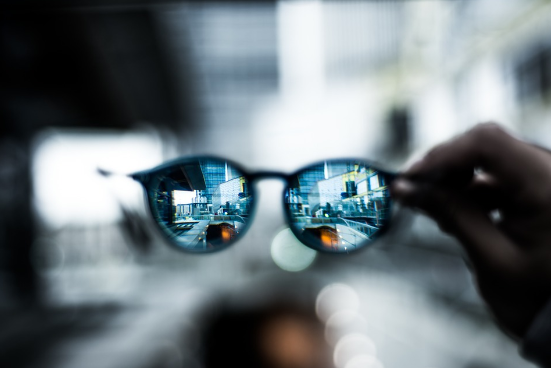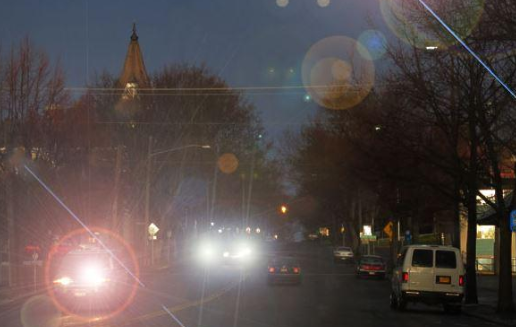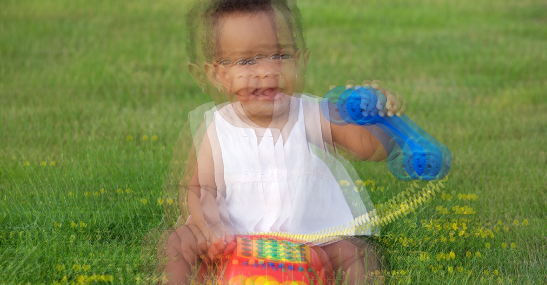The human eye is an amazing organ; you get to see things, you get to distinguish many colours and shapes even in the dimmest light. But, things can go awry when this organ malfunctions. One such malfunction is called cataract, which is very common among the elderly.
Imagine yourself out in the open, with the surrounding lights too bright and glaring for your eyes to bear whilst the colours are not as bright as they should be.
This is an example of problems faced by people with cataract every day. Unfortunately, this is only an early symptom of cataract, which if untreated can get worse, and eventually result in the tragic loss of vision and function of the eyes.
What is Cataract?
According to the National Eye Institute, a cataract refers to a clouding at the eye lens that leads to blurry vision. In the beginning, the size of the clouding is small and has little effect on vision. However, if left untreated, the clouded area may grow larger and significantly decrease visibility. Especially if not treated, many patients face the tragic outcome of partial or total blindness.
In most cases, cataract begins from the age of 40 and gets worse with age. However, there are cases where babies are born with a cataract and without proper treatment, can also fall victim to blindness at a young age.
What Are the Causes of Cataract?
To explain scientifically, the eye lens consists of mostly water and protein. The protein is in normal cases positioned to be clear enough for light to enter the retina. When this protein clumps up it causes clouding of the eye lens. This is called a cataract. Over time, the clouding may grow larger and visibility is gradually decreased.
The exact cause of cataract formation is still unknown to this date. But, according to All About Vision, researchers worldwide agree that there are various factors that lead to the illness and the most common factor is ageing.
Other factors include diseases such as diabetes and unhealthy habits such as smoking and alcohol consumption, exposure to UV rays or it may also be genetic.
Problems Faced by Cataract Patients
Cataract may not be fatal but it is detrimental to eyesight. Insidiously, cataract arises many different problems for the patients. Some of the problems faced include:
Problem #1: Blurry Vision

Problem #2: Poor Night Vision

Image source: http://www.ideal-eyes.co.uk/_blog/Blog/post/blinded-by-the-night—5-tips-for-improving-poor-night-vision-and-safer-night-driving/
When patients’ eyes are exposed to light in a dark environment, the lights could be too glaring for the eyes. This is due to the diffraction caused by the clouding and caused a halo to appear around the light sources. Similar to astigmatism, any glaring light can impede one’s vision to see clearly.
This causes one to have a bad vision at night, causing routine activities such as driving to be difficult and potentially dangerous.
Problem #3: Things Appear Yellowish

A yellowish tinge that covers other colours is one of the common symptoms of cataract due to the clumps of protein. Although the symptom may not occur at a regular interval at the beginning, if left untreated for a long time patients will start to gradually see a yellow tint on every image. In a long run, it reduces the ability of them to distinguish colours.
Problem #4: Double Vision

Image Source: https://www.allaboutvision.com/conditions/double-vision.htm
Due to the clouding at the eye lens, diffraction may cause a single object to appear multiple either in a single eye or both eyes. This is also called diplopia. Having diplopia means it is painful to move the eyes, with pain around the eyes and having droopy eyelids.
Problem #5: Headaches

Diffractions cause difficulties for the eyes to receive lights and images. Such difficulties precipitate pressure and tension in the eyes which lead to headaches. Eventually, headaches are a common problem faced by cataract patients.
Problem #6: Frequent Change in Optical Power

According to Healthline, one of the symptoms of cataract is the frequent change of optical power. As the optical power often increases, the spectacles also need to be changed frequently which is an intricate situation for those who need glasses for visual aid. Not to mention the additional costs that will be incurred for the lenses to be changed.
Conclusion
Eyesight is one of the greatest blessings Allah ﺳﺒﺤﺎﻧﻪ ﻭ ﺗﻌﺎﻟﻰ has bestowed upon us. Losing one of Allah’s greatest gifts to cataract could be devastating and traumatic to its sufferers.
Fortunately, cataract is curable. At the early stage of cataract, any visual aid like glasses is enough to improve vision. Surgical procedures are options to be considered if the visual aid fails to help. The procedure removes the clouded lens and replaces it with artificial ones.
However, not everyone can afford to undergo surgery as it involves a large amount of money. Those who are less fortunate are at risk of losing their eyesight, permanently.
We have partnered with The Islamic Solidarity Fund for Development (ISFD) to help the cataract patients in Africa to undergo the cataract surgery. Click here to find out how you can make a difference to these patients.

